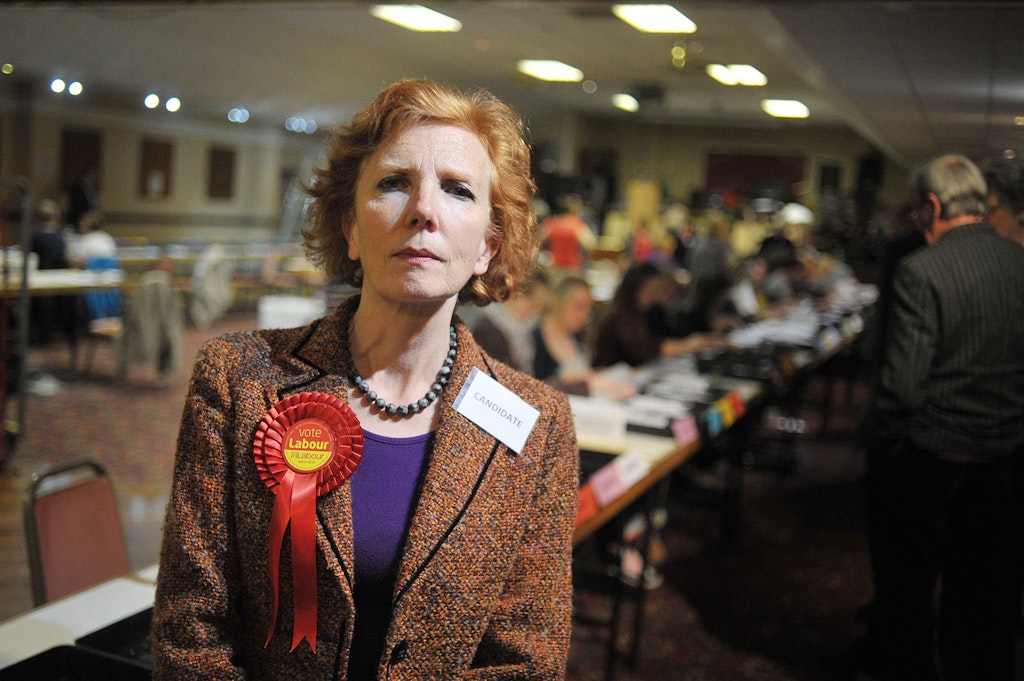The problem with problem gambling
Let’s try to keep things in perspective
With seven million people on NHS waiting lists, hundreds of excess deaths a week and a five day doctors’ strike to look forward to, the Chief Executive of NHS England, Amanda Pritchard, appeared on television at the weekend to talk about gambling.
To be fair, that is not all she talked about, but it was the only part of the interview that was clipped by NHS England for its Twitter account (and retweeted by Pritchard) so it must have been seen as particularly important. She announced that seven new gambling clinics will be opened to meet a “really significant increase in demand” for the treatment of problem gambling. This will bring the number of NHS gambling clinics in England up to 15. The first one was set up in London over a decade ago. Five more were commissioned in 2019 and two opened last year, in Southampton and Stoke.
This is good news. There is solid evidence that treatment, especially cognitive behavioural therapy, works in tackling gambling disorders. The clinics need to be accessible and people need to know that they exist. In that sense, Pritchard was performing a public service by talking about them.
But the way she framed the issue left much to be desired. She said:
Back in 1948 when the NHS was founded you had to go to a bookie shop to place a bet. Now it’s 24/7 on people’s phones. So, you know, unsurprisingly we’re seeing a really significant increase in demand for people who have got severe gambling addiction.
I don’t mean to be pedantic, but betting shops were not legalised until 1961. This doesn’t undermine her argument, such as it is, but it suggests that she is not entirely on top of her brief.
What undermines her argument is the fact that rates of problem gambling have not risen since people started gambling on their phones. They have never risen significantly in the 24 years we have been measuring problem gambling and since 2020 they seem to have fallen (so much for the lockdown surge in problem gambling that was predicted by some). The figures below are from official estimates which are currently taken from a quarterly survey by the Gambling Commission.

The blithe assertion that the rise of online gambling has “unsurprisingly” led to an increase in problem gambling has no basis in fact, but it serves the purpose of making people think that the prevalence of “gambling addiction” is high and rising when it is low (in comparison with other countries) and flat.
Whenever the NHS opens a new gambling clinic, it puts out a press release saying that it is in response to “record demand”. When the Stoke and Southampton clinics opened last November, it was “amid record referrals”. This time the headline was “NHS doubles gambling clinics as referrals soar”. The press releases invariably include a comment about how ghastly gambling companies are and how we urgently need to ban various practices.
The number of referrals has indeed risen, from 775 in 2020/21 to 1,389 in 2022/23. This is taken as evidence that rates of problem gambling are also rising, but there are some major problems with drawing this conclusion.
Firstly, for reasons you may recall, 2020/21 was not a good year to get a face-to-face appointment with the NHS for anything except COVID-19. Having a face-to-face appointment with your own friends and family was illegal for a large part of it.
Secondly, as already mentioned, rates of problem gambling have not risen. Thirdly, there is an obvious element of “if you build it they will come” to the construction of new clinics which NHS mandarins are wilfully overlooking. The rise in referrals is not due to record demand. It is due to record supply. Having opened several new clinics, it would be disappointing if more people weren’t using them. NHS bosses may see healing the sick as being increasingly peripheral to its main objectives of achieving net zero, championing LGTBQI+ rights and lobbying for advertising bans, but there is surely a case for wanting more patients to be treated, not fewer. Indeed, the NHS has said that it hopes to treat 3,000 patients a year once all 15 clinics are open, presumably so it can complain about a doubling in demand.
In any case, is 1,389 referrals in a year a big number in a country of 68 million souls? It amounts to three patients per clinic per week. It means that last year, 0.002 per cent of the population sought professional help from an NHS gambling clinic. Perhaps there is still latent demand and that number should be higher, but let’s try to keep this in perspective, shall we?
Enjoying The Critic online? It's even better in print
Try five issues of Britain’s most civilised magazine for £10
Subscribe














